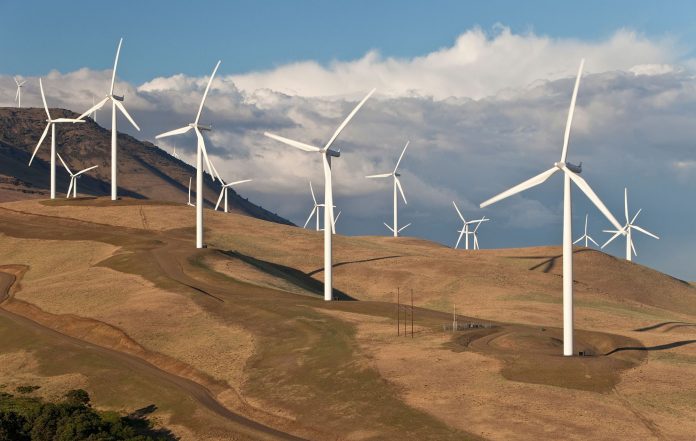British companies have emerged the largest shareholders of Kenya’s biggest wind farms, accelerating the East African economy’s march towards green energy.
British firm Aldwych International is the single largest investor in the 310-megawatt (MW) Lake Turkana wind power project with a 30.7 percent stake. The $700 million (Sh70 billion) wind farm, which has been operational September 2018 is the largest in Africa. It’s enough to power up to one million Kenyan households.
Equally, UK private equity Actis holds 88 percent shareholding in the 100MW Kipeto wind power plant in Kajiado whose construction is expected to be completed later this year.
The two wind farms are currently the largest in the country.
This makes the UK firms the biggest drivers of mega wind projects in Kenya as the country engages the high gear towards renewables while cutting back on expensive and dirty diesel generators. Kenya’s generation mix is currently 93 percent green, comprising a basket of geothermal, hydropower, wind and solar. The country is racing to hit the 100 percent sweet spot over the next few years.
Kenya’s State-owned power producer KenGen owns and operates a much smaller wind farm (25.5MW Ngong wind plant) and is looking to build its proposed 80MW Meru wind farm in the near term.
The green investments in Kenya have positioned the UK companies for a tidy earnings bonanza.
The 310MW Lake Turkana wind farm in northern Kenya has 365 wind turbines, spread out over 40,000 acres of land.
Besides UK firm Alydwych, the largest shareholder with a 30.7 percent stake, other investors in the Turkana wind farm include KP&P Africa, comprising a team of Dutch individual investors, with a 25.25 percent stake.
Others are Danish turbines maker Vestas (12.5 percent), Danish Climate Fund (Investment Fund for Developing Countries), KLP Norfund Investments AS of Denmark and Finnish Fund for Industrial Cooperation Ltd.
American technology giant Google has expressed interest to buy out Vestas’ shareholding at an estimated cost of $40 million (Sh4 billion).
On the other hand, the 100MW Kipeto wind farm in Kajiado is jointly owned by British firm Actis (88 percent) and Kenyan company Craftskills Wind Energy International with a 12 percent equity stake.
Actis bought out the project’s shareholding in 2018 from World Bank’s International Finance Corporation (IFC) alongside African Infrastructure Investment Managers (AIIM).
Kenya has mapped out the best locations to set up wind turbines for optimal power harvesting, with Marsabit, where Turkana wind farm sits, leading the pack.
Other best locations for wind parks in Kenya, based on wind speeds and topography, are Samburu, Laikipia, Meru, Nyeri, Nyandarua and Kajiado, according to studies by the Energy ministry. Onshore wind turbines work well on raised grounds receiving steady, high wind speeds.
“On average the country has an area of close to 90,000 square kilometres with very excellent wind speeds of 6m/s (metres per second) and above,” the ministry says in a recent report.
A wind energy data analysis conducted by WinDForce Management Services Ltd indicated that Kenya has a potential to generate a total of 4,600 MW from wind energy, or double the country’s current total installed capacity.
Other potential sites with high wind power yields include Lamu, off shore Malindi, Loitokitok at the foot of Kilimanjaro and Narok plateau.
Read also: Norfund Expands Green Projects Funding List In EA



